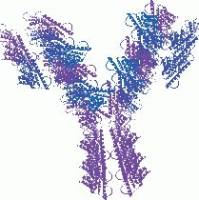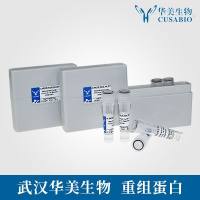Pyrogenic, Lethal, and Emetic Properties of Superantigens in Rabbits and Primates
互联网
903
Superantigens (SAgs) stimulate large fractions of T cells by circumventing normal antigen presentation through binding both class II major histocompatibility complex (MHC) molecules on antigen-presenting cells, and specific variable regions on the β-chain (Vβ) of the T-cell antigen receptor (TCR) (1 ,2 ). The bacterial SAgs produced from coagulase positive staphylococci (Staphylococcus aureus) and group A streptococci (GAS; Streptococcus pyogenes) belong to the large and expanding family of pyrogenic toxins, and various members of this group of SAgs have a clear involvement in the toxic shock syndrome (TSS). Through SAg-mediated stimulation, Tlymphocytes are activated at several orders of magnitude above antigen-specific activation, resulting in the extensive release of cytokines that are believed to be responsible for the most severe features of TSS. SAgs from S. aureus include toxic shock syndrome toxin-1 (TSST-1), multiple staphylococcal enterotoxin (SE) serotypes (A through P, excluding F), while SAgs from S. pyogenes include streptococcal pyrogenic exotoxin (SPE) serotypes (A, C, G, H, I, J) as well as streptococcal superantigen (SSA) and multiple streptococcal mitogenic exotoxin Z (SMEZ) variants (3 -5 ). The toxins within this class of SAgs that have been tested are all pyrogenic, and all are likely to be capable to induce TSS in susceptible hosts if supplied in sufficient quantity.







